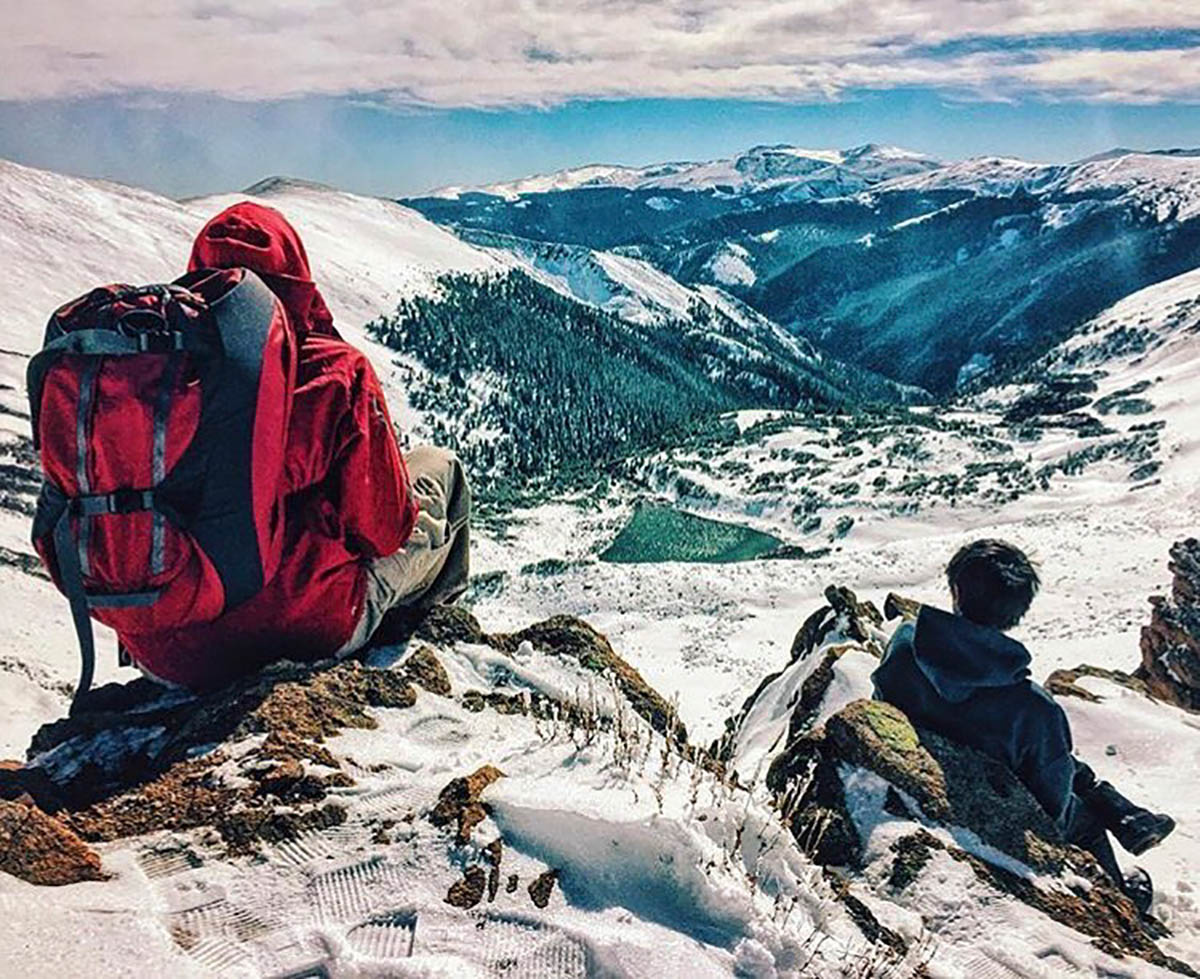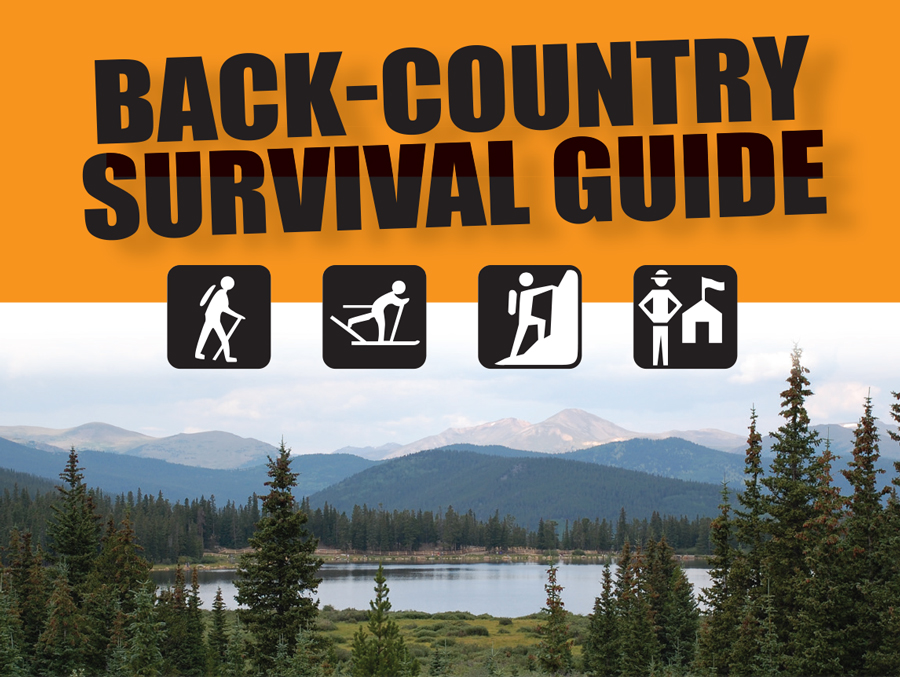Tips to Stay Safe
The vast majority of avalanche victims are reasonably experienced skiers aged 20-35 but also include ski instructors, guides, hikers, snowmobilers, and other winter sports enthusiasts. There is always a lot of pressure to risk a snow crossing. Turning back takes a lot of extra time and effort, supreme leadership, and most importantly there seldom is an avalanche to prove the right decision was made. Making the decision to turn around is especially hard if others are crossing the slope.
When traveling in deep alpine terrain, parties are advised to always have:
- An avalanche beacon
- A probe shovel (retrieving victims with a shovel instead of your hands is five times faster)
- Avalanche preparedness training
Although it may seem strange, expert skiers who have avalanche training make up a large percentage of avalanche fatalities; perhaps because they are the ones more likely to ski in areas prone to avalanches, and certainly because most people do not practice enough with their equipment to be truly fast and efficient rescuers.
Even with proper rescue equipment and training, there is a one-in-five chance of dying if caught in a significant avalanche, and only a 50/50 chance of being found alive if buried more than a few minutes. The best solution is to learn how to avoid risky conditions.

Please print this card, fill it out, leave it face down on your dashboard, as the information provided will assist local authorities in case of emergency.
Clear Creek County is the gateway to the Rocky Mountains. Located just west of Denver along Interstate 70, Clear Creek has 396 square miles of public lands to explore, as well as four mountain peaks above 14,000 feet. Clear Creek is comprised of charming mountains towns Idaho Springs, Downieville, Lawson, Empire, Georgetown, and Silver Plume, which are all along the I-70 corridor. Learn more about Clear Creek County here.
